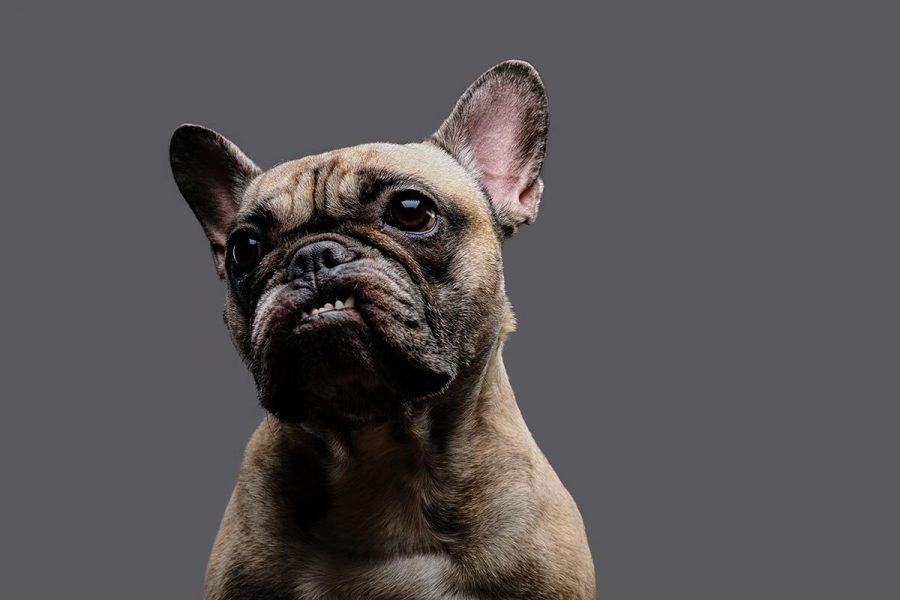For various reasons, our pets sometimes behave in ways incomprehensible to us. The least pleasant of all is when they growl. What can an owner do when the dog growls at him? Let’s find out here together.
Why the dog growls at the owner
Anyone who has a four-legged friend knows that communication between different species is not always so simple. The dog may not understand your gesture or movement and give you a nice growl. He will probably feel guilty shortly after and will come to you with his ears down to apologise, but why does the dog growl at the owner? First of all, let’s say that a dog’s growl has the same function as a warning. The dog has activated a defence mechanism, so do not scold him or ignore him – you simply have to understand why he felt threatened and find the right solution. It is not always easy to understand what made the dog uncomfortable, but if the growl is associated with something obvious, the solution will be easier. For example, if the dog growls because a cat is nearby, he will probably feel threatened by the latter. If, on the other hand, the growl is aimed directly at you, the problem could be related to anger or hierarchy. In these cases it is often useful to contact an expert.

What is going on in the growling dog’s mind
If the growling occurs frequently, it is obvious that the problem deserves more attention. The problem is certainly communication: a misunderstood gesture, an attitude, a smell… what goes on in the mind of the growling dog? Since every situation is different, the answer isn’t always clear. What is certain is that the dog feels threatened or fearful and growls to show his sense of discomfort. In these cases, it is good to always question yourself and try to understand how the dog is communicating with you. If the dog growls while eating, he is probably demonstrating a sense of ownership of the food: in this case it is good to leave him alone. If, on the other hand, the dog growls in the presence of another animal, it may show a sense of jealousy or protection towards you. Again, if the growl is aimed at a child, he may be annoyed by the tone of voice, yelling, or sudden movements. When the growl is addressed directly to the owner, try not to intervene by scolding him but try to calm him, using a low and calm tone of voice, since the relationship of mutual trust is fundamental. When the dog understands that there is nothing to worry about or to fear, he will run to apologise to you.
